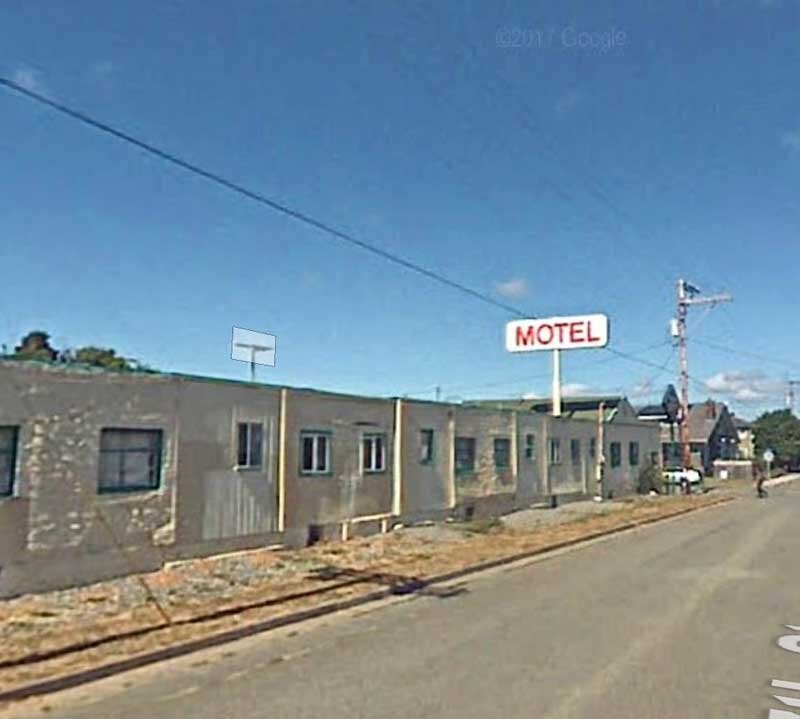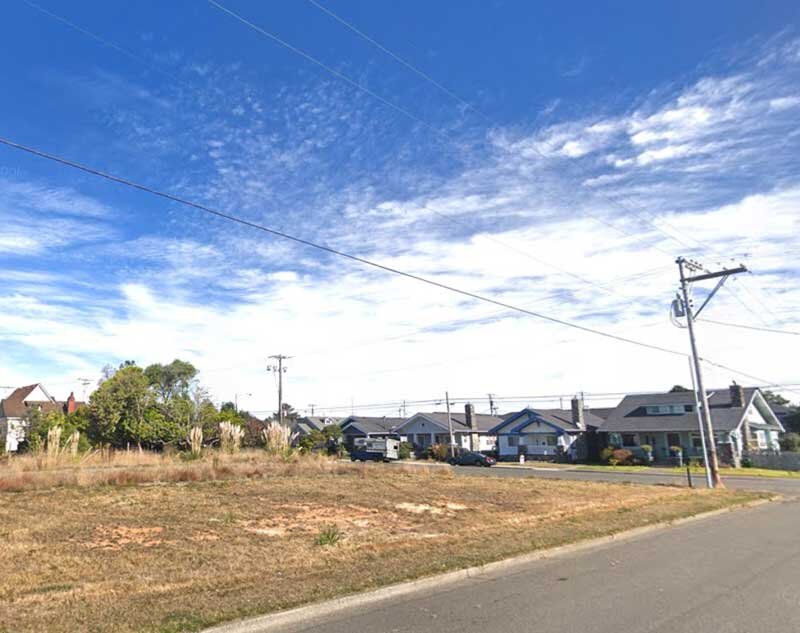Property is Intentionally Burned to Increase Public Safety
Firefighters from multiple units, including the inmate brigade from the Pelican Bay State Prison, got the chance to sharpen their emergency response skills in a controlled practice burn of a northern California receivership property.
This project was the abatement of nuisance conditions at a dilapidated roadside motel. The motel was open to the public despite the dangers on-site, including guest rooms that lacked running water, significant structural deterioration, unsafe electrical wiring, and evidence of asbestos. We reached the decision in collaboration with the Superior Court and city officials that the building was not salvageable and should be demolished.
Demolition is the last, not the first resort
Demolition is not without its problems and we believe it should always be the last resort, used for situations where there is no other viable option. In our cases, we always try to salvage buildings when we can.
“I never want to demolish, in my heart and soul, I am a rehabilitation person. It’s a last resort to recommend doing that.”
The receivership property before and after two stages of demolition
Any action taken by a receiver has to be reviewed and approved by a judge. In this case, it was determined that demolition was the best option. Practice burns can be mutually beneficial for both the parties in the receivership case and the surrounding community. Here, six fire departments from across the county were invited to participate in a controlled burn of the structure. A controlled fire can serve the dual purposes of enhancing public safety and reducing demolition costs. For the receivership, it means that the cost to abate the nuisance conditions is lower for the owner, resulting in more money in the receivership estate to be distributed to the parties. This approach works when a structure does not have nuisance conditions that would be exacerbated by a controlled burn, the property is not physically and financially salvageable, and appropriate weather conditions for a controlled fire are present.
Six different fire departments worked together to burn the motel down safely
Before starting any abatement work on-site, a receiver needs to form a plan for any occupants of the property
At the time of CRG’s appointment as receiver, there were still people residing at the property. Rather than short-term motel guests, these were long-term occupants. Given the dangerous conditions and lack of habitability, it was not an option for them to stay at the property. Further investigation revealed that many occupants had not paid to live at the motel for a considerable amount of time, and they were effectively squatting at the property. Nevertheless, it was apparent that the majority were unable to afford alternative housing, nor did they have the means to move. Ensuring that occupants of receivership properties are relocated to safe, habitable, alternative housing is a core value of CRG. We were able to assist the occupants by providing funds for relocation; we also worked with them to secure new accommodation by communicating with new landlords and, in some cases, assisting them physically with the move. One of the occupants was in a wheelchair and required a special accommodation for their relocation.
“Parents had their camera phones and video cameras out to capture a live fire up close. Kids sat on the blocked-off street watching the flames. An occasional “ooohhh” or “aaahhh” could be heard when a piece of the flaming roof fell to the ground.”
“Practice with a live fire doesn’t happen often, maybe two or three times a year. Firefighters from all over the county jumped at the opportunity.”
- City Fire Chief quoted in a local newspaper at the controlled burn
The controlled burn began on a Tuesday in late July. Beginning in the afternoon, it lasted into the night. Six different fire departments, including the fire brigade from the maximum security Pelican Bay State Prison, worked together to safely burn down 95% of the motel. A local construction company was on site to clear the rubble and debris. It was quite a spectacle for the local community, and residents came out to watch.
“There were no complaints from anyone. Most of the neighbors were willing to put up with inconvenience to get rid of a blighted property.”
- City Fire Chief quoted in a local newspaper regarding the impact of the controlled practice burn on neighbors
This controlled practice burn was successful, it gave back to the community by enhancing public safety, and it reduced rehabilitation costs for the property owner. The property is now a clean, vacant lot and no longer threatens the health and safety of the surrounding community.













